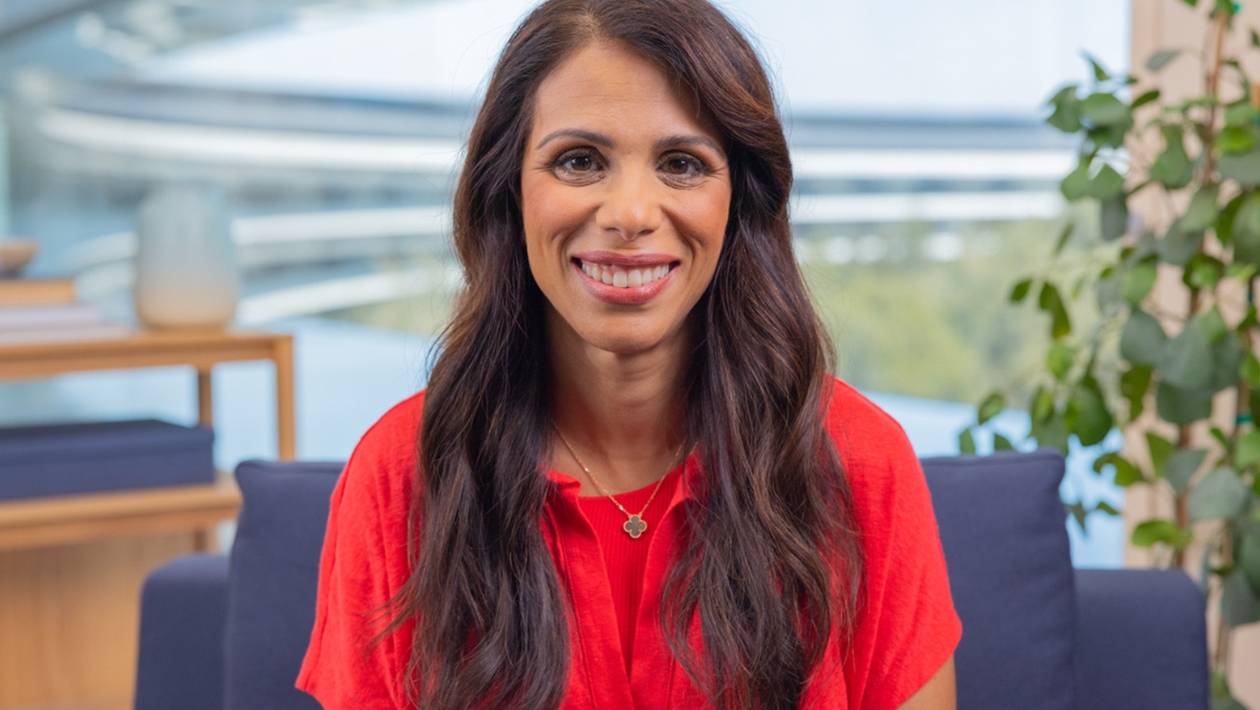The Apple Watch turns 10: the smartwatch that has revolutionized health from the wrist

The Vice -President for the Health of Apple Sumbul Desai: «The Apple Watch allows you to have a better look of what happens in your body, so that you can also pay attention to what you do with your body. Small steps that take a huge difference «
It is a story, among many others. A pregnant woman receives A notification on his Apple Watch: the heart rate is too high. He goes to the emergency room and discovers he has a pathology called « thyroid storm » that could be fatal not only for her but also for the child. A letter that, among many others, remained impressed in the mind of Sumbul Ahmad Desaivice -president for Apple’s health. «If she hadn’t arrived in the hospital in time, she could have lost her life and also that of her son. I think it is the perfect example to make it clear how what we are doing does not have an impact only on the person wearing the clock, but also on those who rely on that person. It happened five or six years ago but still today is the story I love most to remember». Exactly ten years have passed since The Apple Watch has started to appear on the wrists of millions of users around the world. The April 24, 2015 (in Italy on June 26) a smartwatch was put on sale for the first time which, in its first decade of life, also succeeded To beat, in Termiti of distributed units, the capital of watchmaking, Switzerland. Even today – between ups and downs – it is the market leader, with different models (The last is the Watch Series 10) which differ in the price (such as the se) or for the most resistant design and therefore designed for sportsmen (like the ultra). Among more refined materials, larger screens, more personalized straps, the heart of this device – and for a large part the reason for its luck – remain the Health functionality. Functions that, originally, had not even been imagined.
Sumbul Desai has been working in Apple for eight years. From the University of Stanford, he moved to Cupertino in 2017. His training, between computer science and medicineallowed her to get to the guidance of the division of a technological giant that deals with health. Component now strategically fundamental for the Apple Watch but which was not part of the initial design: « It was an evolution. It had been designed as the most personal deviceas a communication tool, to listen to music, to monitor your movements. I believe that no one had seen the potential in the field of health then », he tells us. Precisely due to the tracking of the movements, an accelerometer, a gyroscope, the GPR and the GPR had been inserted An optical sensor for the heart: «We wanted to make sure that the calculations of the consumption of calories were accurate – he adds – but then we started receiving letters from users who With those tools they were detecting health problems». Some noticed a high heart rate, then they went to the doctor who discovered an atrial infection or fibrillation. «At that point we started reflecting on what we could do and we introduced High heart rate notifications. Then those for low heart rate. And we have received more and more letters ». One of the last came from Italy and wrote it Manuel Belgranodoctor and professor of radiology of the University of Trieste. After taking care of a patient with stroke to the emergency room, he returned home and while relaxing on the sofa he noticed an anomalous and irregular acceleration of the heart rate, which was confirmed by his Apple Watch. An atrial fibrillation taken in time thanks to an alert on the wrist: «However – he explained to Tim Cook – Many patients do not warn these symptoms and risk developing a debilitating stroke, like what I was treating just an hour earlier. In these cases, your product can really make a difference ».
After the heart sensor, the Desai team began to deal with RItmo cardiacby introducing the electrocardiogram. And then still sensors were added to monitor the cardiovascular tone, to measure the levels of oxygen in the blood, to monitor the menstrual cycle, to analyze the quality of sleep and identify possible night apneas. «For our health features We give priority to scientific validation and privacy. We take science very seriously and we are very busy on how to educate and put people able to be in their best when it comes to their health ». And this translates with one culture of prevention That, as a doctor, Desai knows how to be a fundamental component for medicine. «It is something to think about every day and I think it is really important what the clock allows you to have – he explains – from my point of view, You can take a better look at what happens in your body so that you can also pay attention to what you do with your body. How much you move, how much you are standing. Small steps that take a huge difference. It’s not that we are trying to reinvent medicine, but to promote a change in the relationship that users have with their own health ». Health also means mental healthan area on which Apple is starting to implement the first dedicated features: «Almost half of people on earth has a mental disorder during their lives and touches everyone, in one way or another. One of the most important things we can do is teaching people to take care of themselves. With the mindfulness app we wanted to start with something to teach with people to reflect on their emotions, so that they can actually build resilience. Research shows that the reduction of negative emotions and reflection can make a huge difference on mental health and health in general « .
Over the years the Apple Watch has also been used to carrying on some scientific research, Thanks to the collaboration between Apple and several research institutes. Doctors and scientists « are involved in the product development process. Not only do we have medical experts when consulting, we involve them in meetings and design. Science has always been present, from the beginning ». For Sumbul Desai, she herself a doctor and researcher, collaborating with her colleagues is fundamental: «We involve the most important institutions in the world because we know that our scientists will never know everything, Medicine is a sector in constant evolution». From these collaborations several studies were born, such as the « Women’s Health »«Which allows users to participate to fill truly important gaps in our understanding of the menstrual cycle. Thanks to this study, for example, we learned that 16% of women had clinically relevant deviations in their menstrual cycle, which then led to the development of a dedicated functionality ». For the vice -president, indicate the most significant study for her « is like choosing her favorite child ». You can’t: « The study on the heart was the first on a large scale, with 400,000 participantsand it was also a special study, one of the first I did when I arrived here. The hearing study led to the development of other products», Or the features of AirPods Pro 2 that we told here. « And then, of course, There is study on the heart and movementin which we are constantly committed to understanding the impact of biometry on the health of the heart and movement ».
Fitness and health are in fact closely connected. The two teams collaborate in the development and creation of new functions. But it is a relationship that comes from technology and returns, once again, to prevention: « The effects of 30 minutes of exercise has been demonstrated, are equivalent to those of taking antidepressants. If you could prescribe something to everyone would be movement, because the movement has an impact on cardiovascular health, physical health, how you feel with yourself and on mental health ». And in fact one of the symbols of the Apple Watch still remains today, ten years after its debut, that circle that includes three of different colors. Activities of activity: red for the movement, green for the exercise, blue for the time spent standing. And he always gives a little satisfaction to be able to close them all at the end of the day. Gamification can also be useful to treat its health.




:format(jpeg):fill(f8f8f8,true)/s3/static.nrc.nl/images/gn4/data132642993-e940f2.png)


